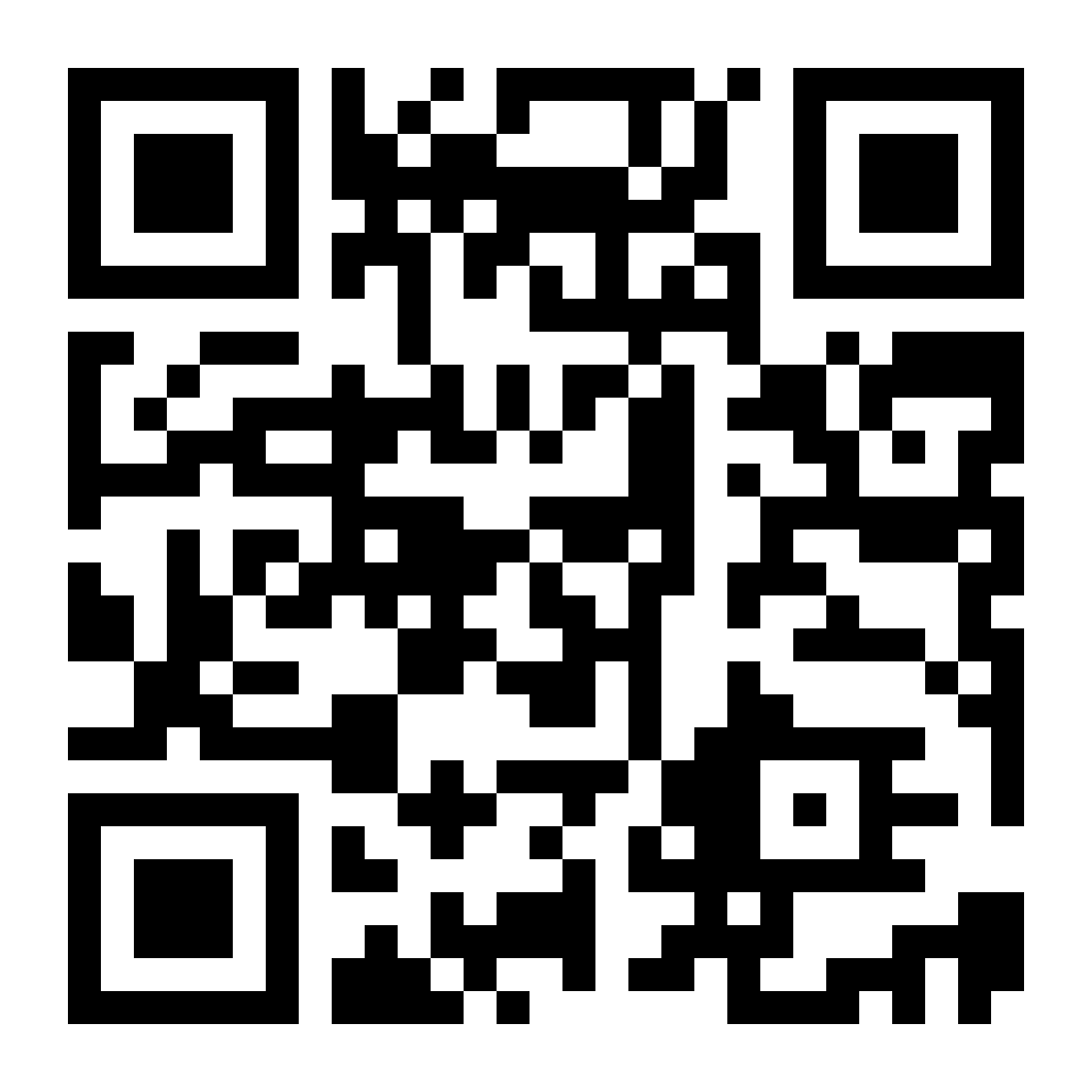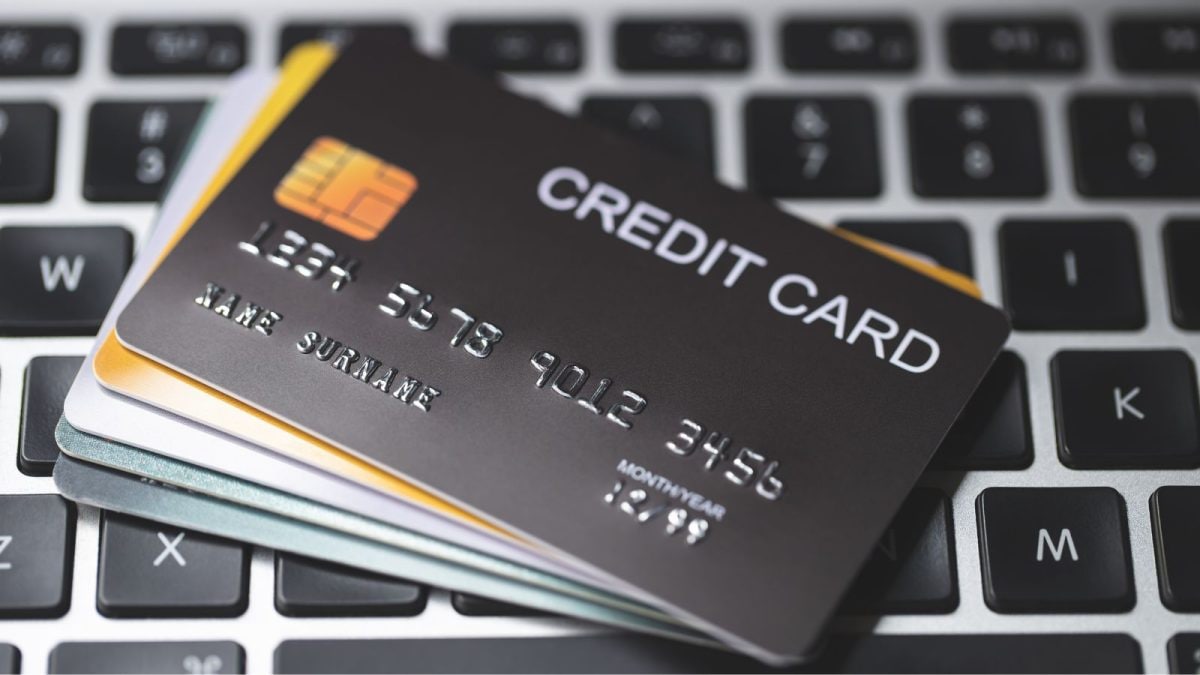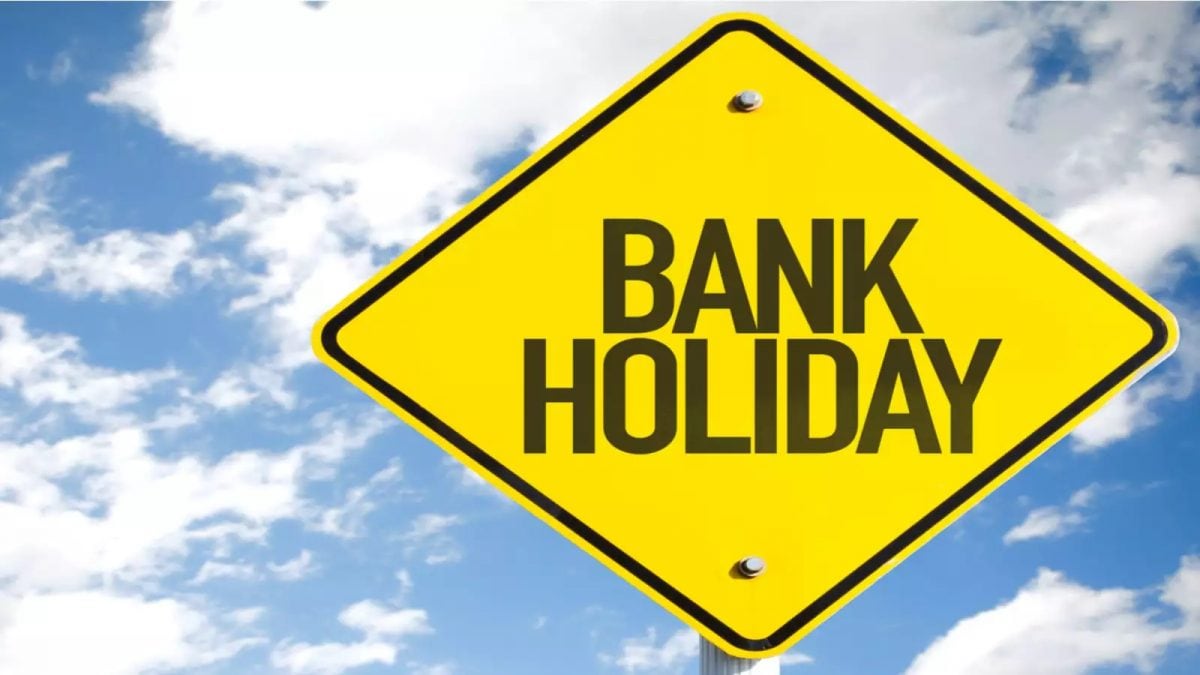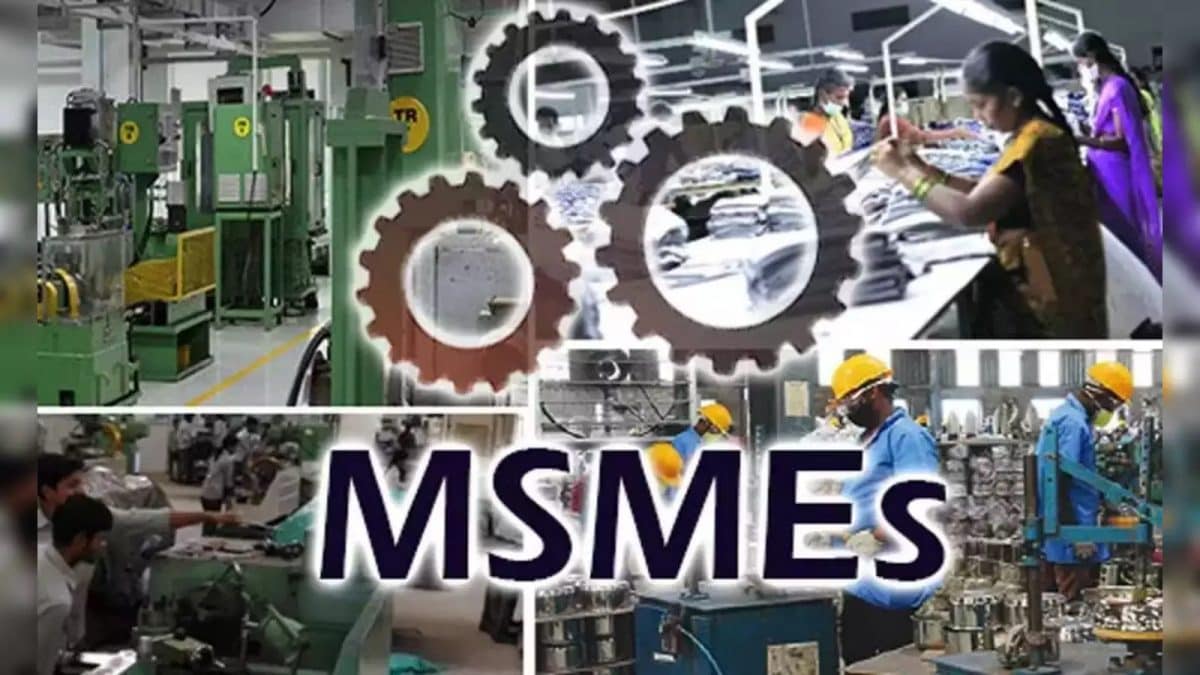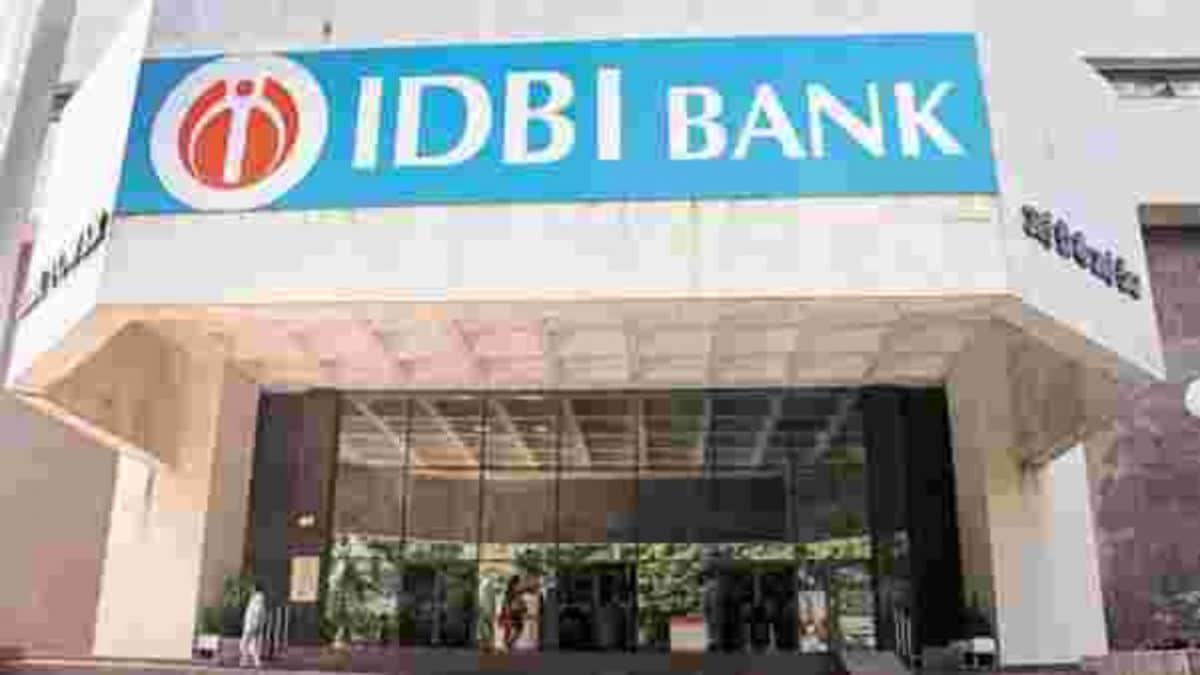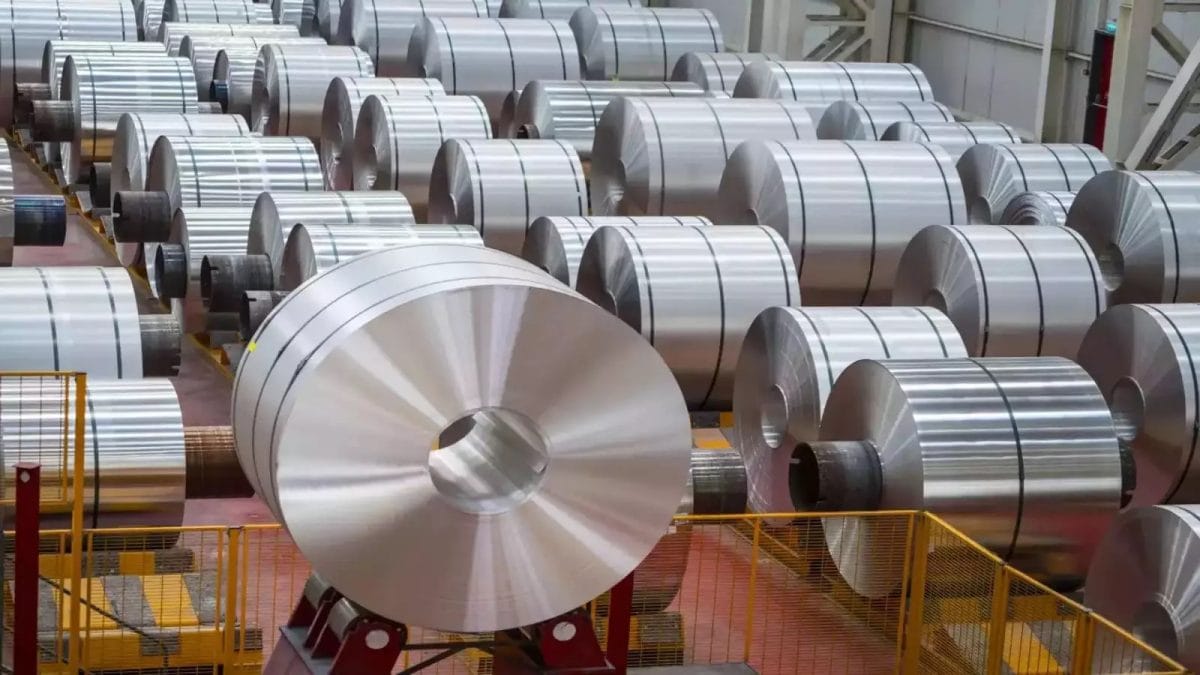Last Updated:
Credit cards are not just a convenience tool, they’re one of the most profitable banking products globally. Every transaction, delay, or EMI quietly adds to a bank’s revenue stream

Essentially, the more people carry unpaid balances or miss due dates, the more profitable the credit card business becomes (Image: Canva)
Swipe, tap, or click — today, almost everything can be bought with “plastic money.” Credit cards have quietly replaced cash in shopping, travel, dining, and even emergency loans. For young people especially, the convenience is unmatched: you can buy now and pay later without immediate cash in hand.
Credit card companies sweeten the deal with cashback, discounts, and reward points — turning every purchase into a small victory. But behind every offer is a carefully designed system that ensures banks still make money. Here’s how.
The Business Behind “Plastic Money”
At first glance, it looks like a win-win: users get offers, brands get sales, and banks get more customers. But the hidden mechanism that drives this ecosystem is how banks earn from every single swipe.
Credit cards are not just a convenience tool — they’re one of the most profitable banking products globally. Every transaction, delay, or EMI quietly adds to a bank’s revenue stream.
- Merchant Fees: The Hidden Cut
Every time a credit card is swiped or tapped at a store, the bank earns a small share of the transaction called the merchant discount rate (MDR). This fee, usually between 2% and 3%, is paid by the merchant — not the customer — to the bank for processing the transaction.
Think of it as the digital toll the bank collects for letting the transaction happen smoothly and securely. These fees cover payment gateway infrastructure, fraud protection, and network costs.
While it seems small, the numbers add up quickly. In high-volume industries such as e-commerce or retail, this tiny percentage generates enormous revenue for banks. That’s why they aggressively push credit card adoption among both consumers and merchants.
- Interest Charges: The Real Profit Engine
The real money for banks begins when users delay payment. Credit cards come with an interest-free period, typically 30 to 45 days. If the cardholder pays the full amount within that window, there’s no interest.
But when the payment is delayed — even by a day — the bank starts charging interest. These rates can go as high as 30% to 38% annually, among the steepest in consumer finance.
Banks also earn from users who convert their outstanding balances into EMIs. While EMI offers appear convenient, they come with interest rates ranging between 13% and 24%, depending on the bank and tenure. Late fees, processing charges, and penalty interest together create a steady revenue stream.
Essentially, the more people carry unpaid balances or miss due dates, the more profitable the credit card business becomes.
- Marketing Tie-Ups: The Brand Connection
Those tempting festival discounts or “flat 10% off with XYZ Bank card” aren’t acts of generosity. They’re part of marketing partnerships between banks and brands.
Here’s how it works: a retail brand or e-commerce site collaborates with a bank to offer special deals. In return, the bank charges a marketing tie-up fee for featuring its cards in the promotion.
Brands benefit by attracting more buyers, while banks benefit from increased card usage and visibility. It’s a clever cycle — the more people use the card, the higher the merchant fees and potential interest revenue down the line.
The Psychology of Offers
The credit card industry thrives on behaviour — not just transactions. Cashback and reward programs are designed to encourage spending. Every tap releases a small dose of satisfaction, making people more likely to spend again.
Studies show that consumers tend to spend 12–18% more when paying with credit cards than with cash. The illusion of deferred payment makes spending feel lighter, while banks quietly benefit from every added swipe.
Behind every discount banner and cashback alert lies a sophisticated profit network. Banks earn from merchants, from interest on unpaid balances, and from brands eager to tie up for visibility.
So, while credit cards offer convenience and rewards, they also rely on consumer behaviour — the confidence that many will overspend or delay payments.
Used wisely, a credit card can build credit history and ease payments. Used carelessly, it becomes a silent debt trap — one that rewards banks far more than cardholders.
The next time you see that tempting “10% off with your card” offer, remember: it’s not just generosity. It’s strategy — and you’re part of the business model.
The News Desk is a team of passionate editors and writers who break and analyse the most important events unfolding in India and abroad. From live updates to exclusive reports to in-depth explainers, the Desk d…Read More
The News Desk is a team of passionate editors and writers who break and analyse the most important events unfolding in India and abroad. From live updates to exclusive reports to in-depth explainers, the Desk d… Read More
West Bengal, India, India
October 28, 2025, 14:30 IST
Stay Ahead, Read Faster
Scan the QR code to download the News18 app and enjoy a seamless news experience anytime, anywhere.
